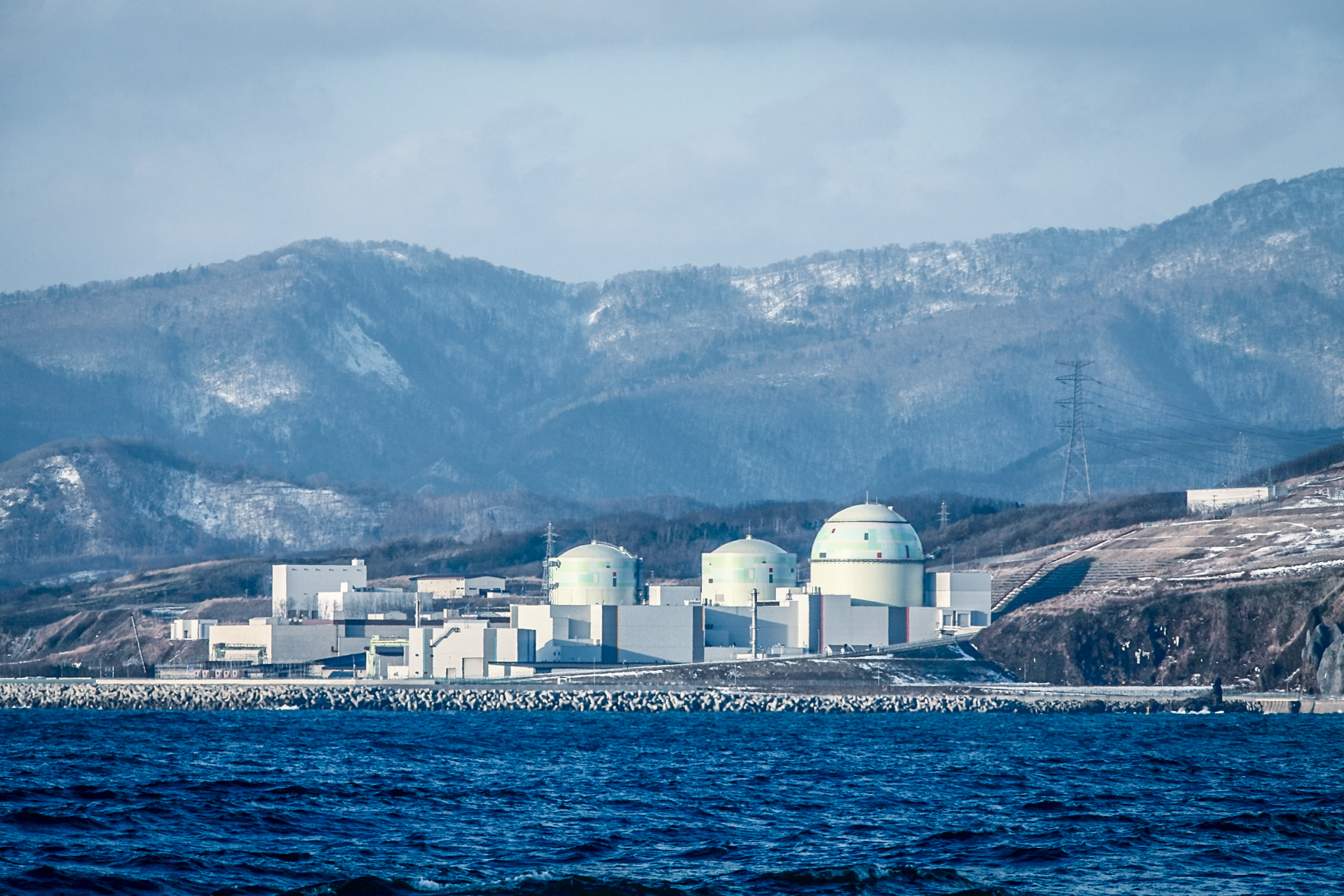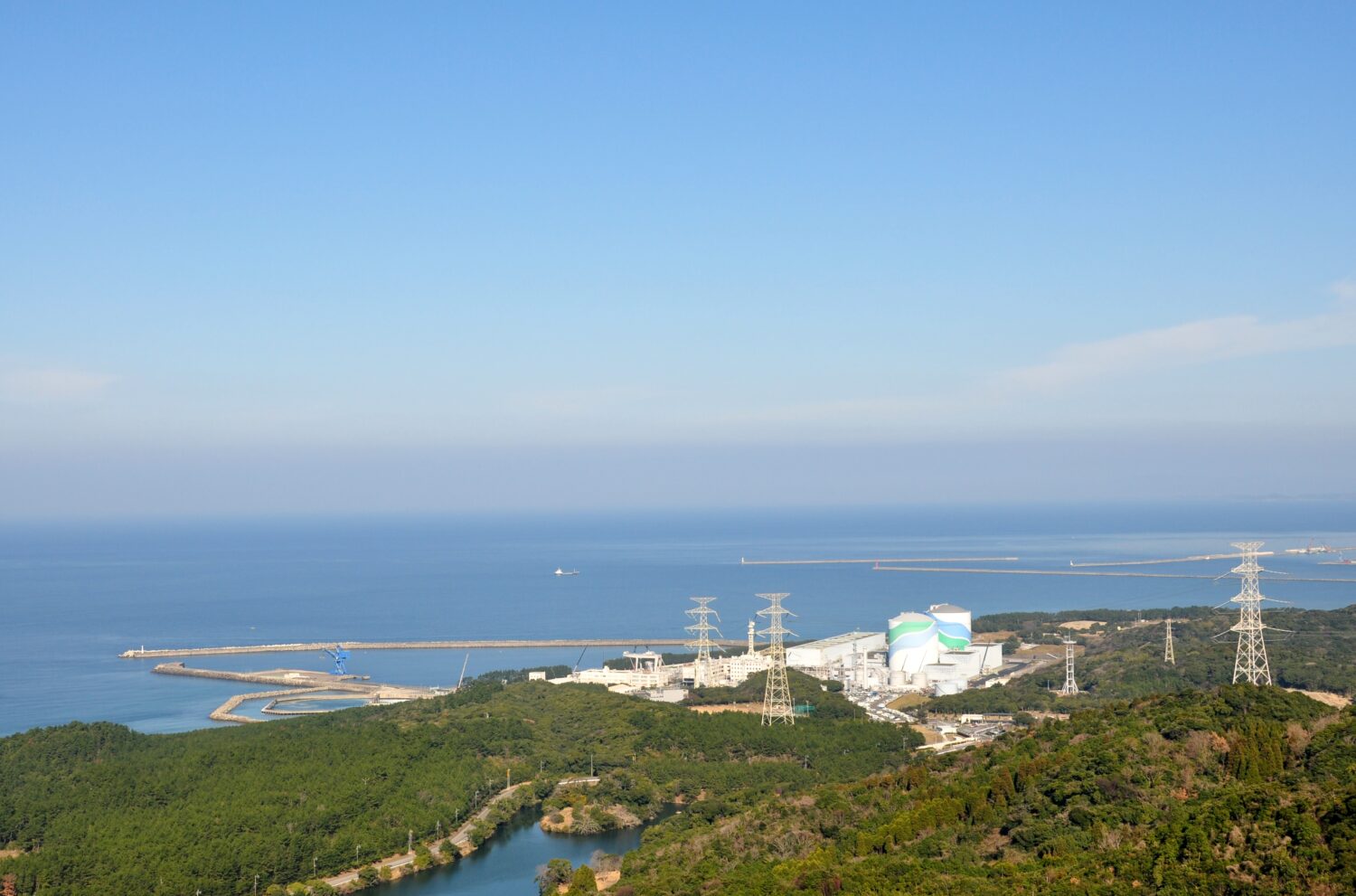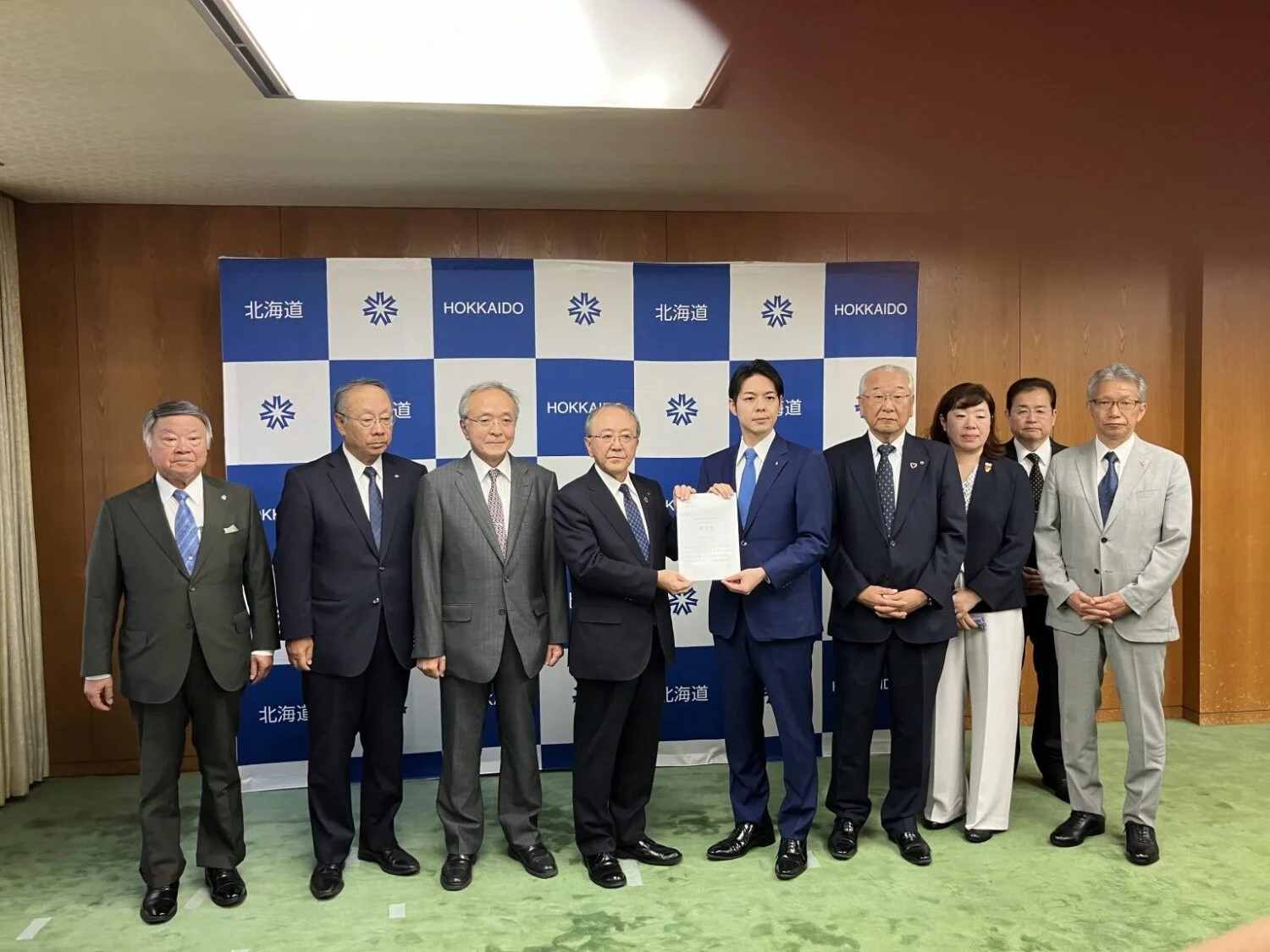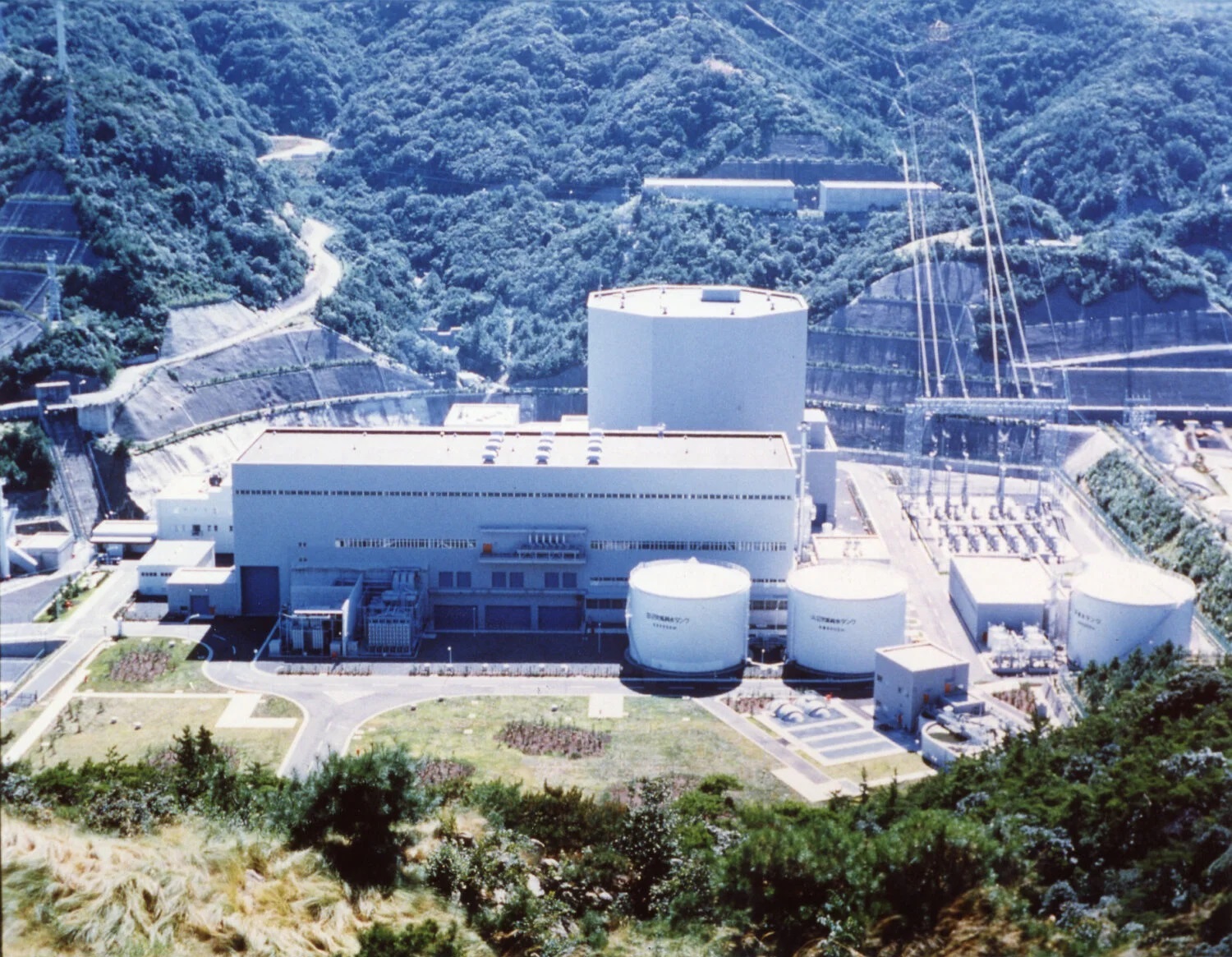It is the first time since new regulatory standards for Japan’s NPPs came into effect in 2013 that the NRA had concluded that a reactor facility did not clear a safety compatibility examination. The term “reactor” used here includes all experimental and research reactors in the country, along with nuclear fuel cycle facilities.
Earlier, at a regular meeting on August 28, the NRA had approved the draft review report, which was then made open for public comments for one month.
The section of the examination of the Tsuruga-2 that was related to earthquakes and tsunamis focused particularly on the activity and continuation of a fault known as the K Fault situated near a fault zone of crushed rock known as D-1, and located within the premises of the Tsuruga NPPs and running directly below the Tsuruga-2 reactor building.
The NRA confirmed that it could not be denied that the K Fault had been active since the late Pleistocene (about 120,000 years ago), nor could it be denied that the K Fault extended to the D-1 fault zone of crushed rock running directly under the Tsuruga-2 reactor building. Those two facts led to its conclusion this time.
JAPC had originally filed its application for a compatibility examination for Tsuruga-2 under the new regulatory standards way back in November 2015, meaning that it has taken almost nine whole years for the NRA to reach its conclusions this time.
Also, while the makeup of the NRA’s five-member committee making the determination about Tsuruga-2 had changed over the course of the examination—with four of the original five NRA commissioners having left and been replaced—all five current members agreed with the latest conclusion.
NRA Commissioner SUGIYAMA Tomoyuki, in charge of examining plants, released the following comment about the Authority’s decision this time: “In order for us to issue an approval, the organization being examined must find and explain how all items are compatible with regulatory standards. If even one incompatibility is found, however, we at NRA will be forced to issue a disapproval. However, NRA did not conduct the examination only for such a specific case.”
He also suggested that the public needed to be better informed about how the NRA had conducted its examination and what the operator’s arguments were.
At a press conference following the November 13 meeting, NRA Chairman YAMANAKA Shinsuke addressed the fact that this was the first time that his organization had not granted permission for a reactor to operated based on a failure to meet regulatory standards, and explained the decision as follows: “The point of contention had been narrowed and the NRA had carried out its examination fairly.” He additionally referred to doubts about JAPC’s application, describing it as having been in an “abnormal state.” He urged the operator to reflect strictly on that.
Upon receipt of the NRA’s examination results, JAPC released a comment saying that it was “deeply disappointed.” It also said that it would make another application for the restart of Tsuruga-2, adding that it would endeavor this time to learn about the contents of necessary additional investigations in more detail than before, taking into account the opinions of external specialists.


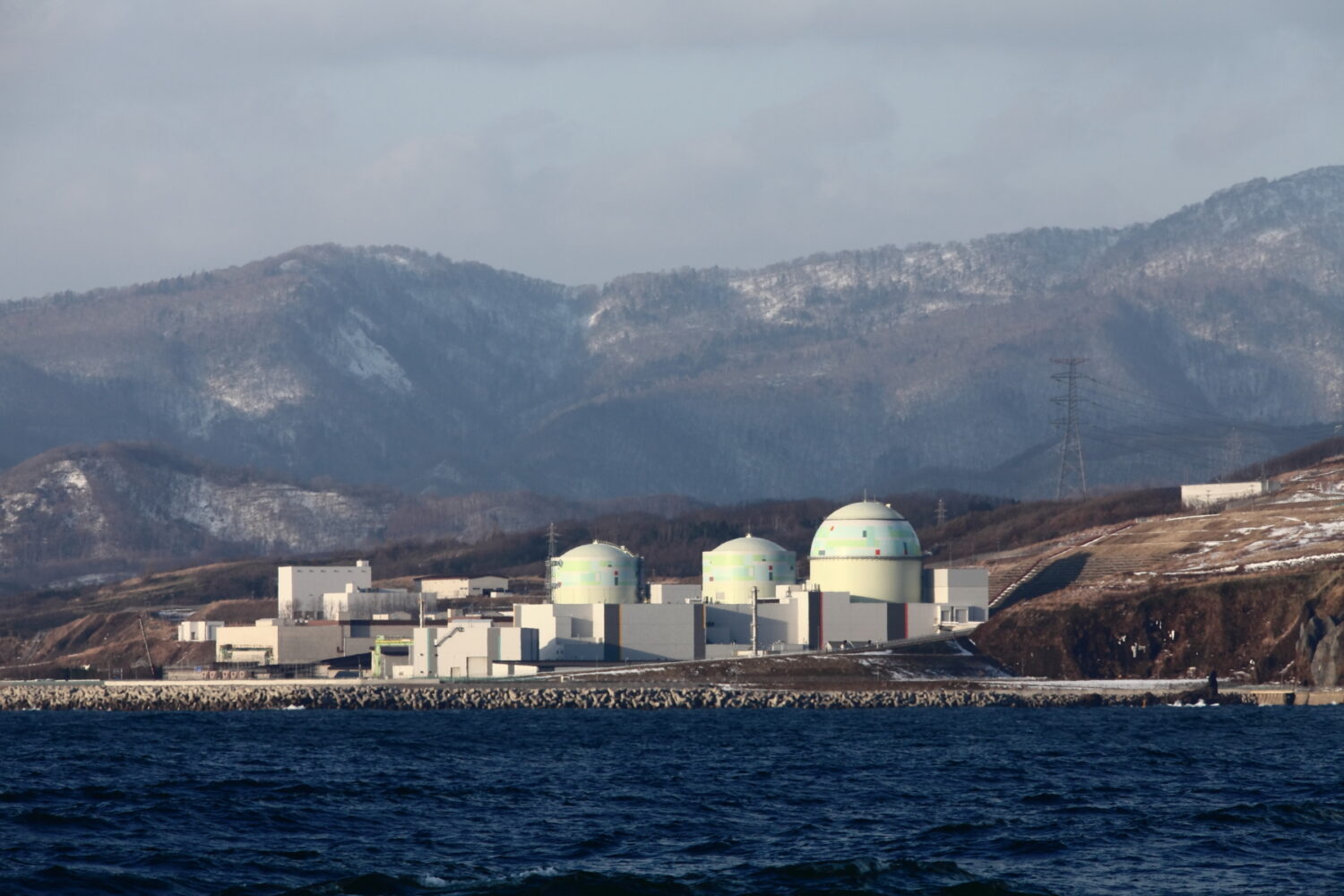
-049.jpg)
.jpg)

